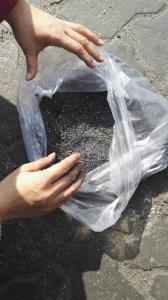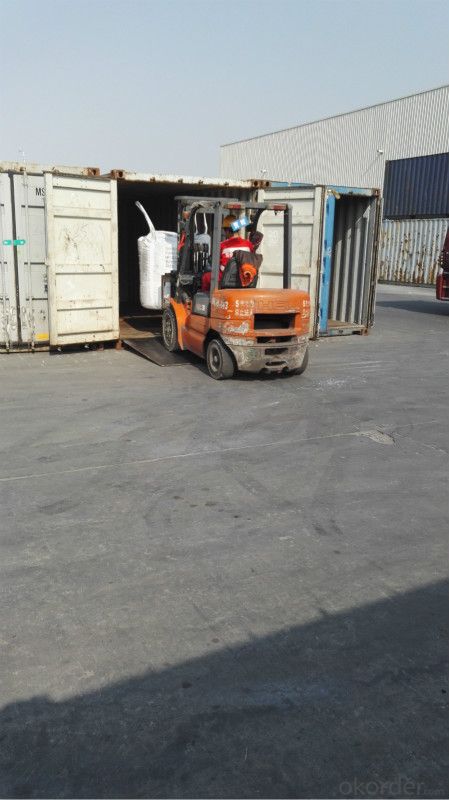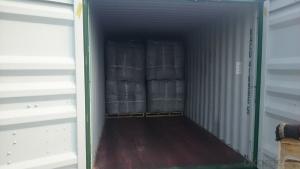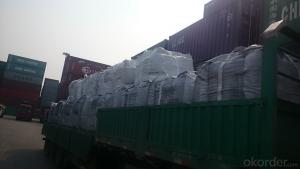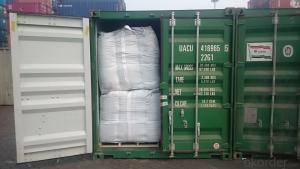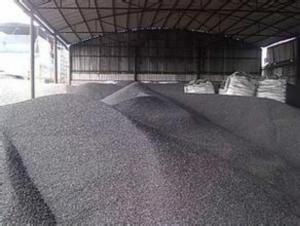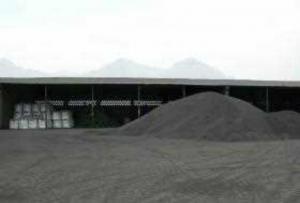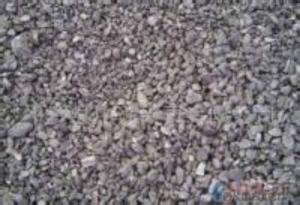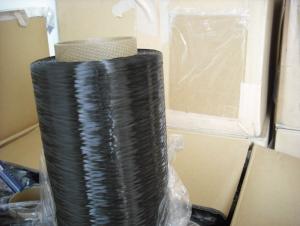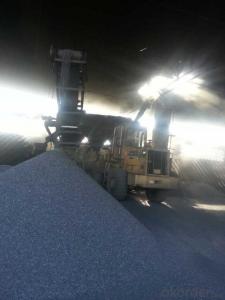GPC with lower Sulphur0.03% max with High Carbon
- Loading Port:
- Tianjin
- Payment Terms:
- TT OR LC
- Min Order Qty:
- 26 m.t.
- Supply Capability:
- 5006 m.t./month
OKorder Service Pledge
OKorder Financial Service
You Might Also Like
Introduction:
GPC has good characteristics with low ash, low resistivity, low sulphur, high carbon and high density. It is the best material for high quality carbon products. It is used as carbon additive in steel industry or fuel.
Features:
1.Our strong team provide you reliable service that make you feel purchasing is more easierit is playing more and more important role in the industry
2. We ensure that we can supply capability with competitive price.
3. Work strictly to guarantee product quality, it is playing more and more important role in the industry
4. Highest standard of integrity. Guarantee customer's benefit.
5. Supplying Pet Coke, Met coke, Foundry Coke, Carbon Raiser etc.
Specifications:
F.C.% | 95MIN | 94MIN | 93MIN | 92MIN | 90MIN | 85MIN | 84MIN |
ASH % | 4MAX | 5MAX | 6 MAX | 6.5MAX | 8.5MAX | 12MAX | 13MAX |
V.M.% | 1 MAX | 1MAX | 1.0MAX | 1.5MAX | 1.5MAX | 3 MAX | 3 MAX |
SULFUR % | 0.3MAX | 0.3MAX | 0.3MAX | 0.35MAX | 0.35MAX | 0.5MAX | 0.5MAX |
MOISTURE % | 0.5MAX | 0.5MAX | 0.5MAX | 0.5MAX | 0.5MAX | 1MAX | 1MAX |
Pictures
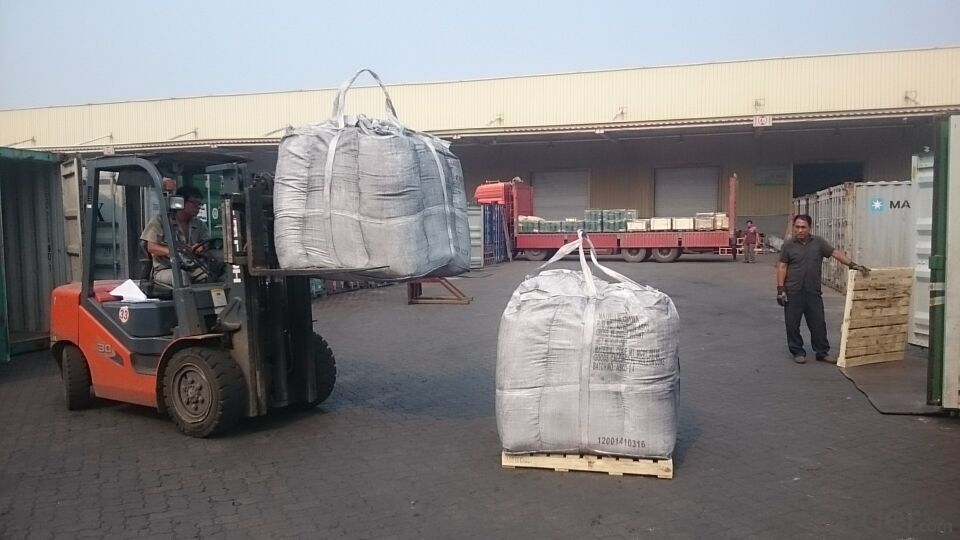
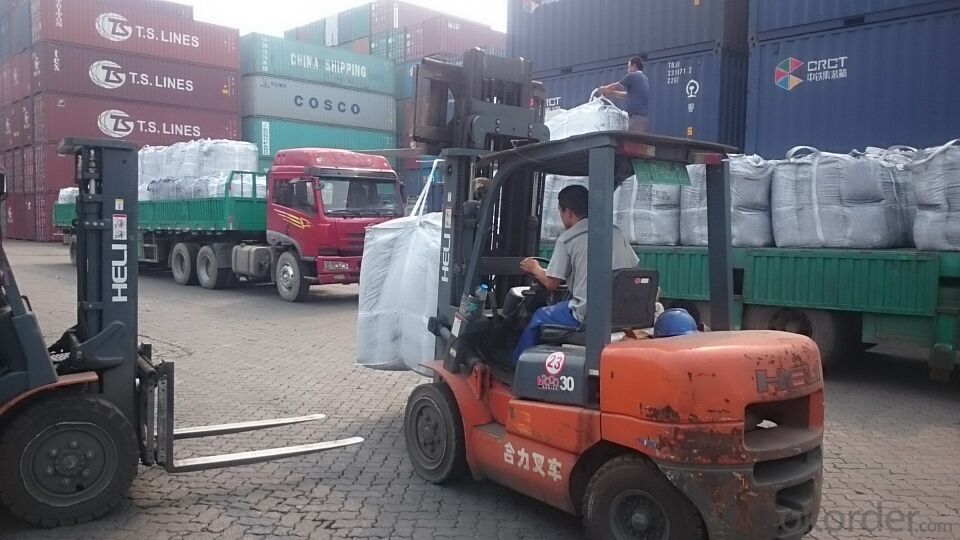

FAQ:
1. Your specification is not very suitable for us.
Please offer us specific indicators by TM or email. We will give you feedback as soon as possible.
2. When can I get the price?
We usually quote within 24 hours after getting your detailed requirements, like size, quantity etc. .
If it is an urgent order, you can call us directly.
3. Do you provide samples?
Yes, samples are available for you to check our quality.
Samples delivery time will be about 3-10 days.
4. What about the lead time for mass product?
The lead time is based on the quantity, about 7-15 days. For graphite product, apply Dual-use items license need about 15-20 working days.
5. What is your terms of delivery?
We accept FOB, CFR, CIF, EXW, etc. You can choose the most convenient way for you. Besides that,
we can also shipping by Air and Express.
6. Product packaging?
We are packed in bulk ship or in ton bag or placing in container or according to your requirements.
7. Notice
please note that the price on Alibaba is a rough price. The actual price will depends on raw materials, exchange rate wage and your order quantity .Hope to cooperation with you, thanks !
- Q: What is the starting temperature and final forging temperature of carbon steel?
- The forging temperature range should be as wide as possible, to reduce forging times, improve productivity.1. initial forging temperatureInitial forging temperature is blank began forging temperature should be understood as the highest heating temperature allows steel or alloy in the heating furnace. The furnace before removing from the blank to the forging equipment to forging blank, blank size according to the delivery method and heating furnace and forging a distance between the equipment, there are a few blank tens of degrees of temperature drop. Therefore, really began forging a low temperature, the initial forging blank before, should try to reduce the temperature drop.
- Q: What is the greenhouse effect of carbon dioxide?
- The greenhouse effect of carbon dioxide refers to the process by which carbon dioxide and other greenhouse gases trap heat in the Earth's atmosphere, leading to a gradual increase in global temperatures.
- Q: What is carbon nanosensor?
- Utilizing carbon-based materials at the nanoscale, a carbon nanosensor is designed to detect and measure various substances or physical properties. These sensors possess a high sensitivity and are incredibly small, enabling them to detect even the tiniest amounts of target molecules or changes in their surroundings. By functionalizing the surface of the carbon nanomaterials with specific receptors or probes, carbon nanosensors can be tailored to target specific molecules or properties. Furthermore, integration with other technologies, like electronics, allows for real-time monitoring and data analysis. Carbon nanomaterials possess unique properties, such as high surface area, electrical conductivity, and chemical stability, that render them perfect for constructing versatile and sensitive sensors applicable in a wide range of fields, including environmental monitoring, medical diagnostics, and food safety.
- Q: What is carbon neutral shipping?
- Carbon neutral shipping refers to a method of transportation that offsets or eliminates the greenhouse gas emissions produced during the shipping process. This can be achieved through various measures like using renewable energy sources, energy-efficient technologies, or purchasing carbon credits to compensate for the emissions. The goal is to balance out the amount of carbon dioxide released into the atmosphere, making the shipping process environmentally sustainable.
- Q: What is the carbon content of different types of soil?
- Various factors, such as climate, vegetation, and land management practices, can greatly influence the carbon content of different types of soil. Generally, soils with higher levels of organic matter exhibit higher levels of carbon. For instance, peat soils boast the highest carbon content among all soil types, ranging from 30% to 60%. These soils form in wetland areas where the decomposition of organic matter is hindered by water saturation, resulting in the accumulation of substantial amounts of carbon over time. Forest soils also tend to possess relatively high carbon content, typically falling between 1% and 10%. Forests continually supply organic matter through litterfall, contributing to the build-up of carbon in the soil. In contrast, agricultural soils generally exhibit lower carbon content compared to peat or forest soils. Factors such as crop rotation, organic amendments, and tillage practices influence the carbon content of agricultural soils. Consequently, the carbon content in these soils can range from less than 1% to around 6%. Grassland soils may have carbon contents similar to agricultural soils, depending on management practices. However, in undisturbed grasslands with high plant productivity, the carbon content can be relatively higher, ranging from 2% to 8%. In arid and desert regions, soils tend to display lower carbon content due to limited vegetation and slower rates of organic matter decomposition. Typically, the carbon content in these soils is less than 1%. It is important to acknowledge that these ranges are generalizations, and the carbon content of soil can vary both within and between soil types. Additionally, alterations in land use, such as deforestation or the conversion of grasslands to agriculture, can have a significant impact on soil carbon content.
- Q: What is the role of carbon in photosynthesis?
- The role of carbon in photosynthesis is to serve as the building block for glucose, the main energy source for plants. Carbon dioxide (CO2) is captured during photosynthesis and converted into glucose through a series of chemical reactions. This process, known as carbon fixation, is essential for plants to produce food and release oxygen into the atmosphere.
- Q: How to match?Want to breed a batch of roses seedlings, but the seedbed of mud, carbon soil do not know how to get, there is help in this regard...
- Clay soil can not be prepared, it was completed by geological changes over the past ten thousand years. Flower cultivation of soil can be self-made, mud carbon 3 points, coconut bran 2 points, perlite a point. The three proportion is 3; 2; 1.
- Q: How does carbon impact the availability of clean drinking water?
- Carbon, primarily in the form of carbon dioxide (CO2), contributes to climate change and alters precipitation patterns. This can lead to increased frequency and intensity of droughts and floods, affecting the availability and quality of clean drinking water. Additionally, carbon-based pollutants from industries and transportation can contaminate water sources, making them unsafe for consumption.
- Q: How are carbon-based polymers synthesized?
- Carbon-based polymers are synthesized through a process called polymerization, which involves the bonding of monomers (smaller units) together to form long chains or networks. This can be achieved through various methods such as addition polymerization, condensation polymerization, or ring-opening polymerization, depending on the type of polymer desired.
- Q: How does carbon affect the color of gemstones?
- Carbon can have a significant impact on the color of gemstones. In fact, it is one of the main factors that contribute to the coloration of certain gemstones. One of the most well-known examples is diamonds. Diamonds are made up of carbon atoms arranged in a crystal lattice structure. The presence of impurities or defects within this crystal lattice can cause the diamond to exhibit various colors. When there is a high concentration of carbon impurities in a diamond, it can result in a yellow or brown tint. These are known as "fancy colored diamonds" and are graded on a scale that ranges from D (colorless) to Z (light yellow or brown). The more carbon impurities present, the more intense the color becomes. On the other hand, a diamond with a lower concentration of carbon impurities will appear more colorless. Carbon can also affect the color of other gemstones. For example, certain varieties of sapphires can contain traces of carbon that give them a grayish or blackish appearance. These are known as "black sapphires" or "star sapphires" and are highly sought after for their unique coloration. Similarly, carbon impurities in rubies can cause them to have a purplish hue. It is important to note that while carbon can impact the color of gemstones, it is not the only factor that determines their color. Other elements or impurities, as well as the crystal structure and light absorption properties of the gemstone, also play a significant role. Overall, the presence of carbon in gemstones can result in a wide range of colors, adding to their beauty and desirability in the world of gemology.
Send your message to us
GPC with lower Sulphur0.03% max with High Carbon
- Loading Port:
- Tianjin
- Payment Terms:
- TT OR LC
- Min Order Qty:
- 26 m.t.
- Supply Capability:
- 5006 m.t./month
OKorder Service Pledge
OKorder Financial Service
Similar products
Hot products
Hot Searches
